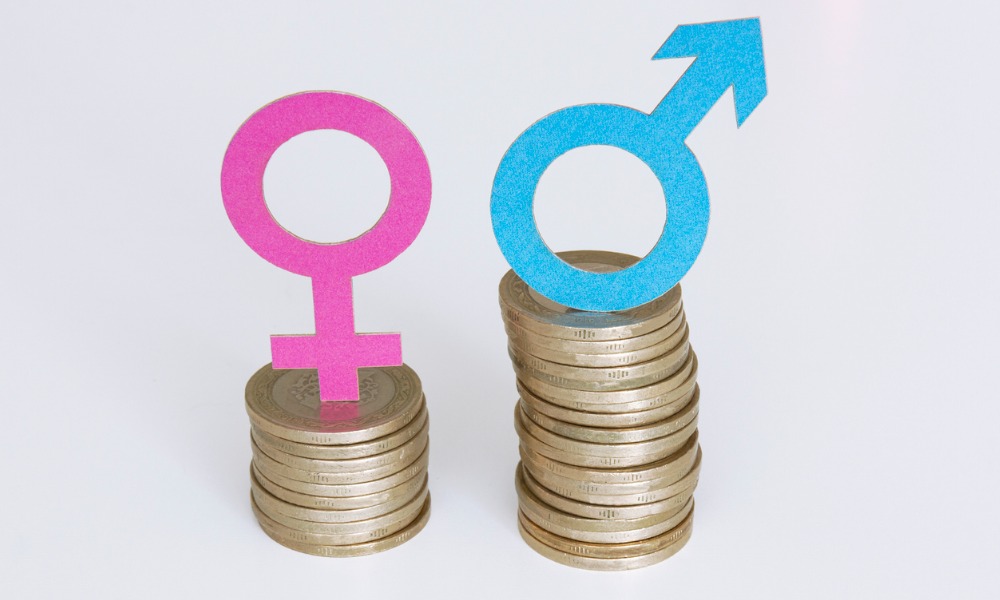
New mandate comes as Australia records record-law pay gaps in 2023

Ahead of the gender pay gap publication next month, the Workplace Gender Equality Agency (WGEA) has underscored the importance of the mandate to achieve equality across organisations in Australia.
"The legislation has a clear message from the government that this is a priority and that gender equality is not just a 'nice to have,'" WGEA chief executive Mary Wooldridge told the Sydney Morning Herald.
"What it requires with transparency and accountability around performance is [that] companies have that light shone on their performance, but also an opportunity then to articulate what they're doing about it."
Starting next month, WGEA is set to publish the gender pay gap data for businesses with more than 100 employees following legislation passed last year.
In addition to figures, Wooldridge added that the legislation will also allow businesses to publish an "employer statement."
"What are they? What's driving the gap? And what are their plans to address it? While year one is important, year two and year three's going to be important because we'll be able to see progress of companies and the difference between what they say and the outcomes that are delivered," she said as quoted by the Sydney Morning Herald.
According to Wooldridge, they are "optimistic" that the mandate will significantly contribute to narrowing the pay gap across workplaces.
"The publishing of the gender pay gap is the catalyst for a whole lot of work that then needs to happen by individual employers and by industries to shift the outcomes," she said.
The legislation comes as Australia's gender pay gap dropped to a record-low 13% last year, according to data from the country's Statistics Bureau.
A separate analysis from WGEA, however, showed that the gender pay gap is at 21.7% - but still a record-low in terms of the agency's findings.
According to WGEA, their pay gap data covers base salary, overtime, bonuses, and additional payments that were sourced from its annual Employer Census.
Despite the record-low findings, however, Wooldridge still urged employers to be imaginative in resolving the pay gap.
"If we want real change, we need employers to take bold action," she previously said. "Publishing gender pay gaps requires employers to understand their unique challenges, develop a purpose-built approach to gender equality, and then take intentional and sustained action."